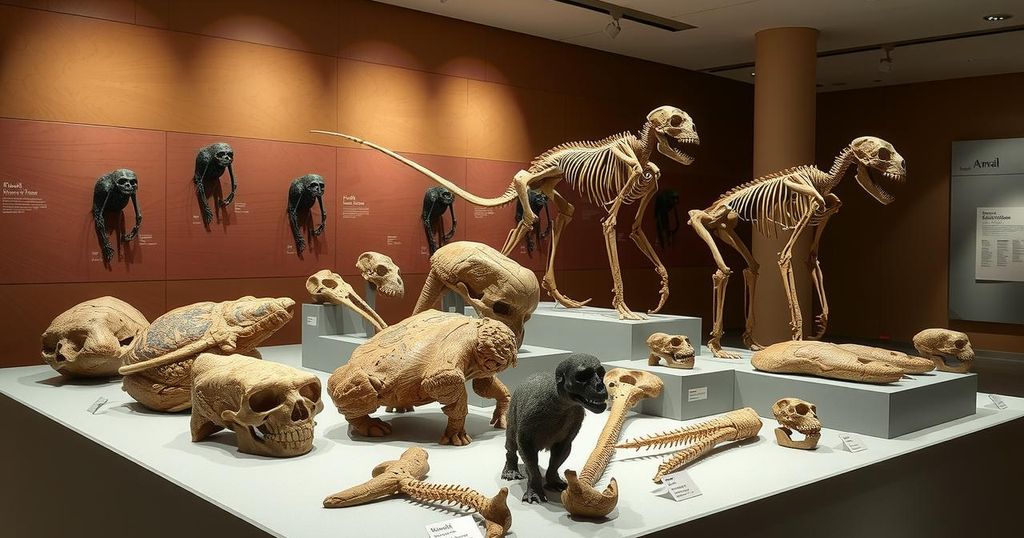How 500-Year-Old Diaries Reveal the Climate Struggles of 16th Century Transylvania
Researchers uncovered the impact of climate changes on 16th-century Transylvania through historic diaries, revealing dramatic shifts in life due to extreme weather. The first half of the century faced drought, while heavy rains dominated the second half, resulting in famines and disease. Despite challenges such as limited literacy and fragmented records, these writings provide crucial insights into past human resilience against climate extremes and inform contemporary strategies.
Ancient Transylvanian diaries reveal how the climate transformed life during the 16th century. Researchers found that after a stretch of high temperatures, the region faced excessive rainfall, drastically affecting human activities. This combination of climatic extremes shaped societal structures, agriculture, and public health, highlighting the critical impact of the environment on human history.
Various archival sources, including diaries and travel notes, serve as vital tools for reconstructing past climates. These ‘society’s archives’ work alongside natural records like glaciers and sediments. The combination of these sources allows a thorough understanding of how 16th-century Transylvania responded to climatic changes through recorded experiences and observations.
Tudor Caciora, a researcher at the University of Oradea, stated, “The climate was marked by significant variability, including prolonged periods of drought, heatwaves, and episodes of intense rainfall and flooding.” Understanding these patterns assists in grasping how temperature fluctuations triumphed over agricultural stability and public health.
The early decades of the century were characterized by drought. A historical document from 1540 described the despair of villagers as rivers dwindled, and livestock perished in fields awaiting rain. “The air was thick with despair as the people gathered in processions, praying for rain,” Caciora noted, offering a poignant view of their struggles.
Contrastingly, the late 16th century boasted intense rainfall and floods, especially throughout the 1590s. As Europe cooled during the Little Ice Age, Transylvania experienced an unusual frequency of hot weather, suggesting that the effects of this period manifested later in the region. Subsequent writings confirm this belief as references to cold winters became more common.
Severe weather often instigated calamities, like the Black Death, which plagued the region for decades, coupled with years of famines and locust invasions. Caciora believes these challenges prompted changes in settlement patterns as towns developed flood-resistant infrastructure and innovative technologies to combat agricultural dependency.
According to Caciora, “Chronicles and diaries reveal how people perceived, responded to, and were impacted by these events.” However, researchers acknowledge limitations in their findings, such as fragmented records and a lack of literacy among the population, leaving gaps in the chronological documentation of events.
Despite these challenges, diaries provide valuable insights that resonate today, particularly when creating modern climate resilience strategies. Caciora emphasized the importance of these records, stating, “Studying climate records from the society’s archive is as crucial as analyzing natural proxies,” highlighting a human-centric approach to climate understanding.
Ancient diaries from Transylvania illuminate the profound effects of climate variability during the 16th century. Researchers reveal how extreme weather conditions disrupted lives and displaced communities, leading to innovations in agriculture and infrastructure. Despite challenges faced in analyzing historical documents, these narratives remain vital for comprehending humanity’s response to climate change through time, impacting modern resilience strategies.
Original Source: www.frontiersin.org




Post Comment